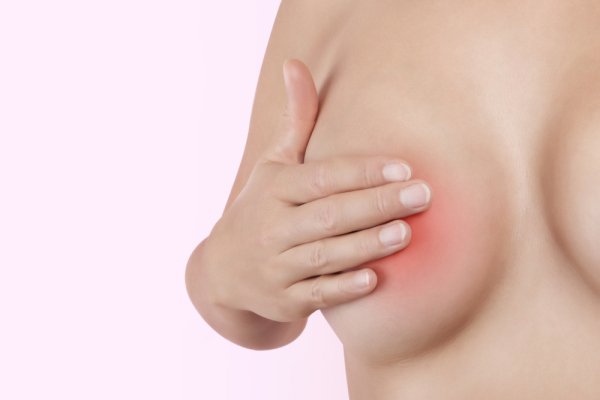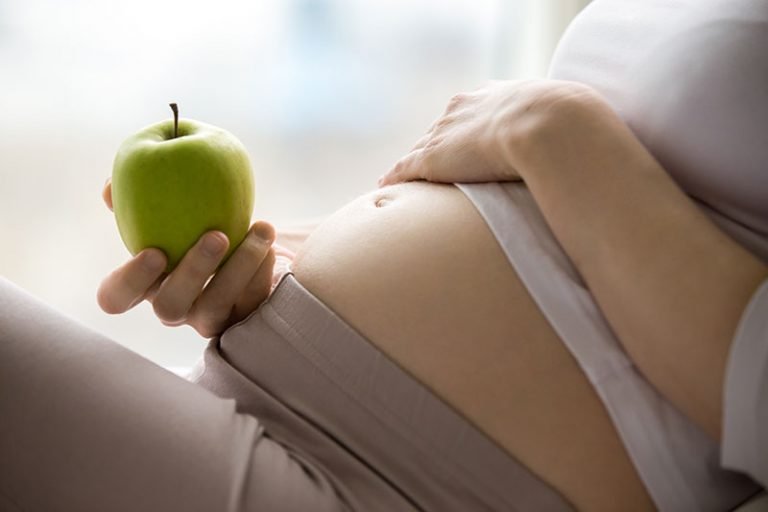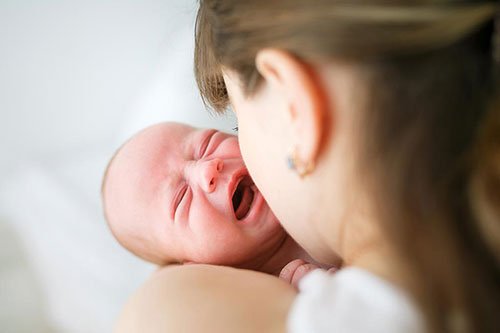Breastfeeding Pain | 5 Common Causes & Solutions
Why Does Breastfeeding Hurt?
Are you experiencing pain while breastfeeding?
Do you wonder what went wrong and question why you’re experiencing breastfeeding pain?
OR
Are you losing sleep thinking about the discomfort caused by breastfeeding?
If you nod your head up and down to the above questions, I want you to know that you are SO not alone…
While we talk a lot about the benefits of breast milk and how helpful it is for mothers to feed their babies with this wonder food, we often neglect that regardless, breastfeeding has its impediments. Don’t you agree?
Almost all breastfeeding moms experience pain or discomfort at some point during their breastfeeding journey. While it probably won’t be completely unavoidable, here is what you can do!
When Breastfeeding Hurts – Common Causes & Solutions of Breastfeeding Pain
If you end up baffled by suffering breastfeeding pain, we’re here to help. Together, we’ll investigate the common reasons for breastfeeding pain, and provide you with solutions that align with your ache!
1. Poor or Shallow Latch
Your baby’s latch alludes to how they append their mouth to your breast as they feed. If your infant has a shallow latch, it can have a very negative impact on breastfeeding, including a lot of pain for you.
The Causes
When the baby is latching well, the nipple dives deep into the infant’s mouth, right to the back. The baby’s tongue does most of the work in getting the milk out; if the nipple isn’t far enough back, the tongue will rub or push on the nipple and cause pain.
Engorgement can also cause lactation issues. A baby who has been fed by bottles may employ bottle-feeding techniques at the breast, prompting a poor latch. This results in painful nipples and discomfort causing breastfeeding pain.
Solution
If your infant can’t latch on effectively because your nipples don’t stand out of your breast, have a go at pumping for a minute or two before you start breastfeeding. The pull of a breast pump will draw out and extend the nipples enough for your baby to latch on.
You can likewise take a stab at repositioning the baby. If you’re nursing while at the same time cradling the baby in your arms, the inclination is to hold her head in the crook of your arm, close to your elbow. Move her down a couple of inches nearer to your wrist. This should set her in a place where her lower lip can take in more of the underside of the nipple, reducing the burn.
2. Breast Engorgement
Breast fullness is a typical condition and your body’s way to guarantee that your baby has an adequate supply of milk. However, this fullness because of milk, and the increased blood flow makes the tissues swell. As a result, your breasts become hard, firm, tight, and painful.
You may feel the sore and sensitive area in the breast, and the skin may look red and inflamed. You may also feel like a lump under your breast skin.
The Causes
- Infrequent Feedings: Breast milk can build up in your breasts and clog your milk ducts if you don’t breastfeed frequently enough, miss feedings, wait excessively long between feedings, or supplement with formula.
- Extra milk supply: If your body delivers an overabundance of breastmilk, it can prompt breast engorgement and clogged milk ducts.
- Excessive pressure on your breasts: A bra that has an underwire, or one that is very tight, can squeeze the breast tissue and lead to obstructed milk conduits.
Solution
If the breasts are emptied now and again, engorgement won’t occur. The more you hold back to breastfeed or pump, the more uncomfortable and engorged your breasts will get.
On the off chance that you can’t feed your child immediately, apply warm packs to your breasts, and try to pump or hand express your milk.
Additionally, nursing frequently (around each 2 to 3 hours) and attempting to discharge your breasts can help with the breastfeeding discomfort and forestall engorgement.
3. Breast Infection – Mastitis
When breast tissues get inflamed and contaminated by bacteria in the breast, it can cause breastfeeding pain and redness. The pain in your breasts is usually accompanied by fever. Mastitis will cause an overall sensation of sickness, as though you have flu, you may feel throbbing, tired, and depressed.

The Causes
Mastitis is frequently brought about by the build-up of milk in the breast and commonly leads on from untreated engorgement.
It can likewise be caused by the inaccurate latch of the infant at the breast or infrequent feeds. Bacteria from your infant’s mouth or broken skin on the nipple may also prompt mastitis. Missed feedings and engorgement can also add to mastitis.
Solution
- If you figure you may have mastitis, call your doctor immediately. The only way to treat this infection is with antibiotics.
- You may feel that you can’t breastfeed with mastitis, yet you can and should keep on breastfeeding regularly.
- Attempt to get a lot of rest while you recuperate.
- Apply warm packs to help ease the pain.
4. Painful Let-Down
The milk ejection reflex sensation, otherwise known as milk let-down, is frequently experienced as a tingling sort of feeling. However, for a few, the sting is felt deep in the breasts and can hurt or be pain-brimming, especially when milk production is in overdrive.
The Causes
- Forceful Let-down – If an excess of milk streams rapidly out of your breast, it can cause pain during the ejection.
- Engorgement – If your breasts have become hard and swollen, the milk ejection reflex can be more distressing.
- Clogged Milk Conduits – Milk that is caught in the breast and can’t get out will tell you that it’s there and will result in a painful let-down.
Solution
When this pain occurs because of an increased amount of milk, try feeding the infant longer on one specific breast and moving to the next if you need to. You can also use a silicone breast pump to lightly draw out excess milk (only withdraw enough to relieve discomfort) But if your prickly inclination transforms into to a greater extent like small blades jabbing your-breasts feeling, visit your doctor. You may be encountering thrush or mastitis in your breasts.
5. Thrush
Thrush is a yeast disease in your infant’s mouth, which can spread to your breasts. You’ll see red patches on your breast, fire-engine-red nipples, and sometimes flaky nipple skin. You may likewise encounter a tingling sensation or profound, shooting breast pain.
If you experience pain in both breasts, after a session of pain-free breastfeeding, and the pain goes on for as long as an hour after a feed, you may have built thrush.
The Causes
Thrush infection happens when your nipples become broken or cracked. This implies the candida bacteria that causes thrush can get into your nipple or breast.
Thrush can likewise occur after you or your infant has had a course of antibiotics. Anti-biotics may decrease the number of good bacteria in the body and allow the candida fungus that makes thrush thrive.
Solution
Your doctor will recommend an antifungal prescription to put on your areola and in the infant’s mouth. You and your baby must be treated simultaneously, otherwise, you can easily pass the fungi back and forth, delaying the recovery. To keep the yeast contained, make sure to sanitize all pump parts that interact with your breasts.
Wrapping Up!
While the breastfeeding excursion may have some hindrances en route, breastfeeding pain, for the most part, has a cause behind it— and if you find that cause, you can then look for a solution!
Finding the correct fix will allow you to appreciate breastfeeding and focus on the incredible bond you are developing with your baby.
If you end up fearing each feed, gritting your teeth during each latch, or in any case suffering, it’s essential to look for help from a lactation specialist or your midwife or doctor. They can help you in sorting out what kind of solution is best for you.






